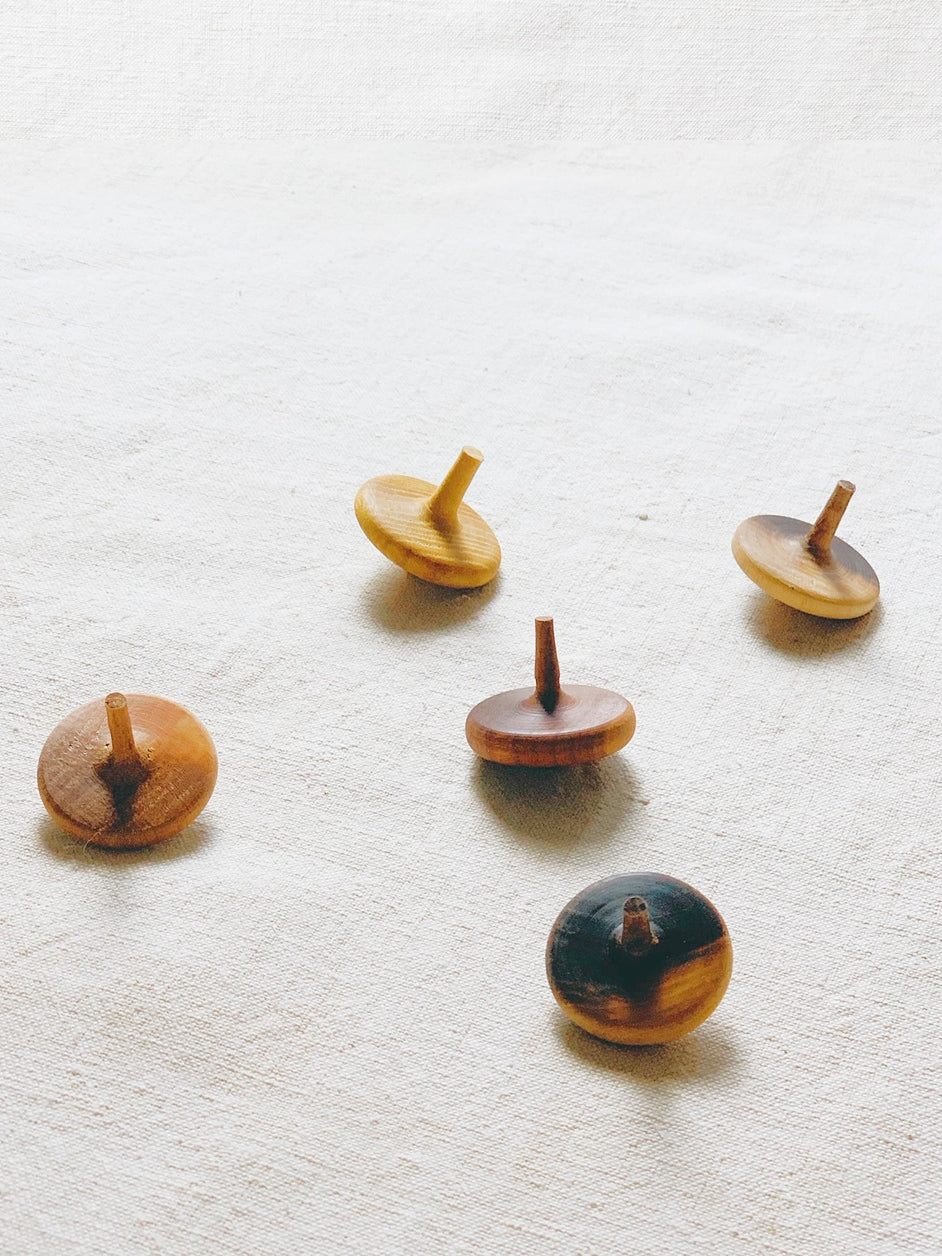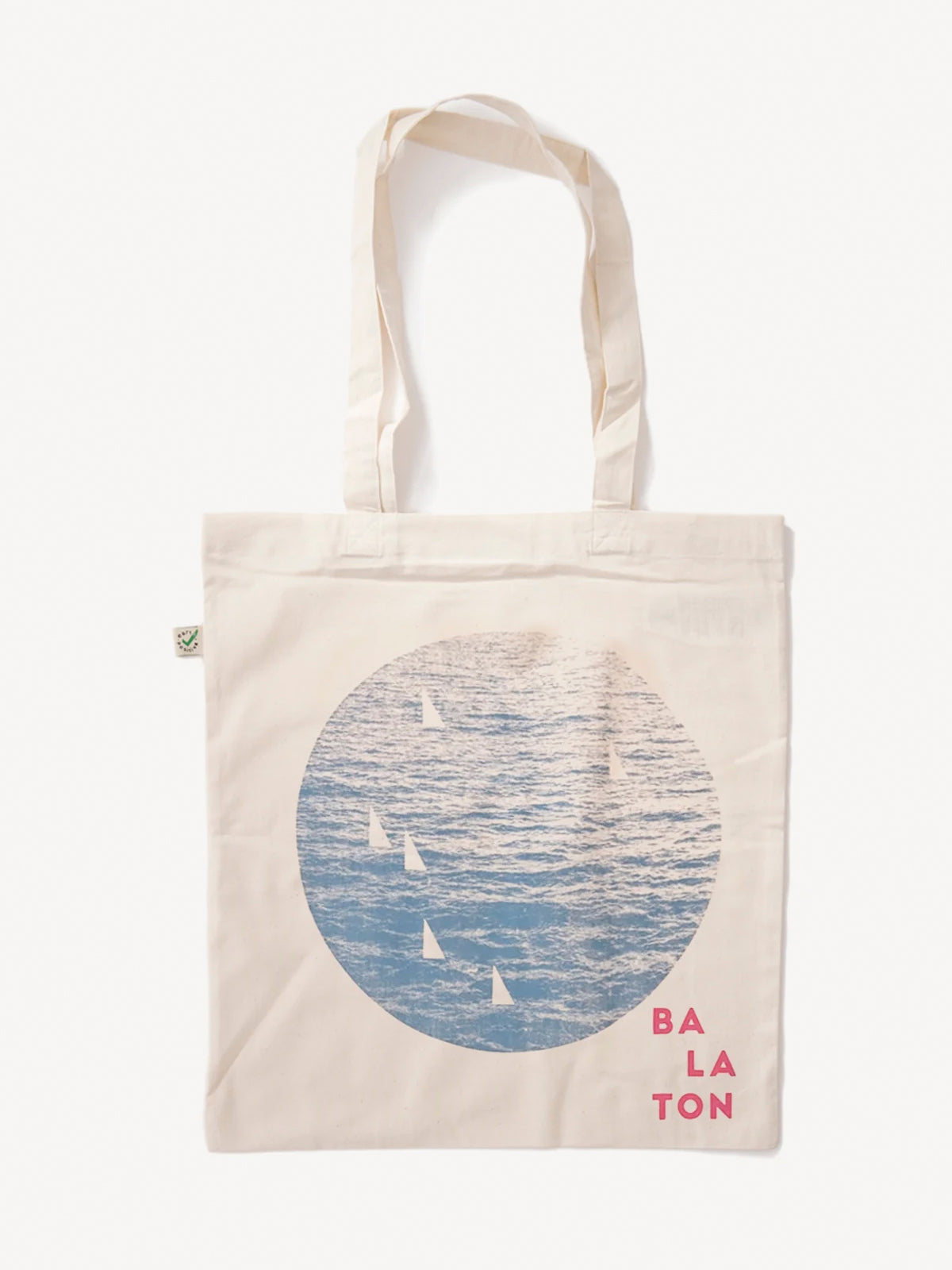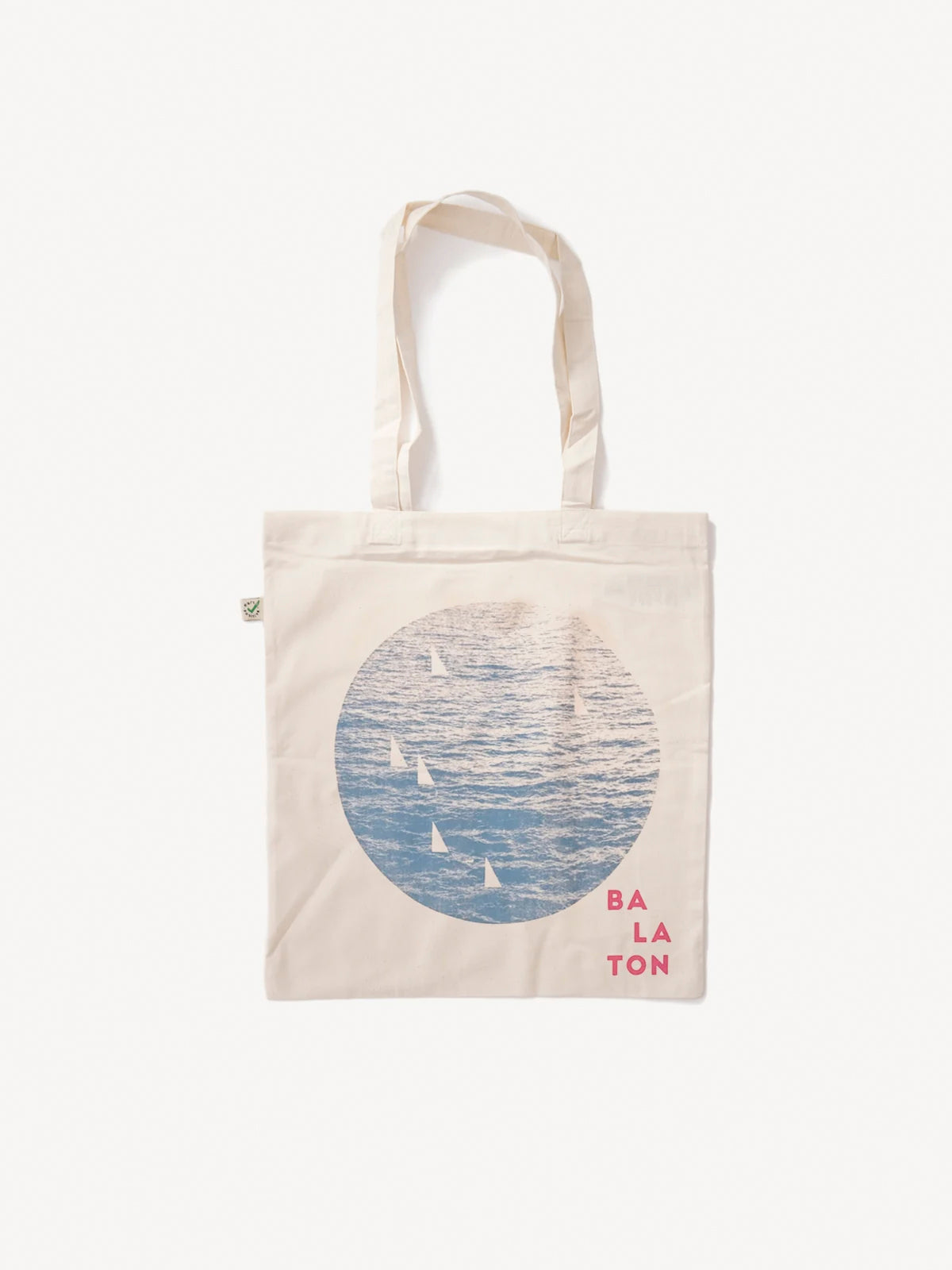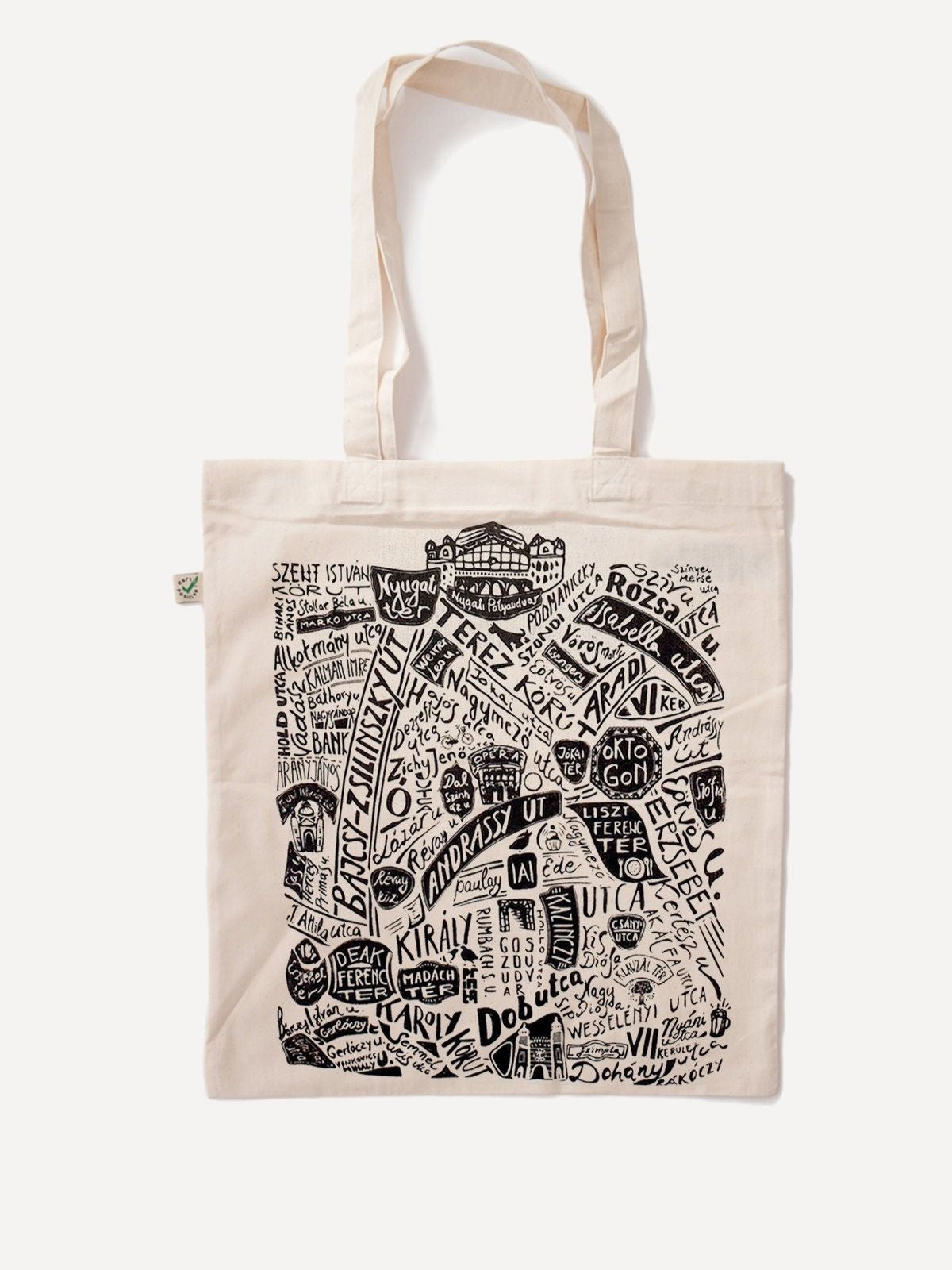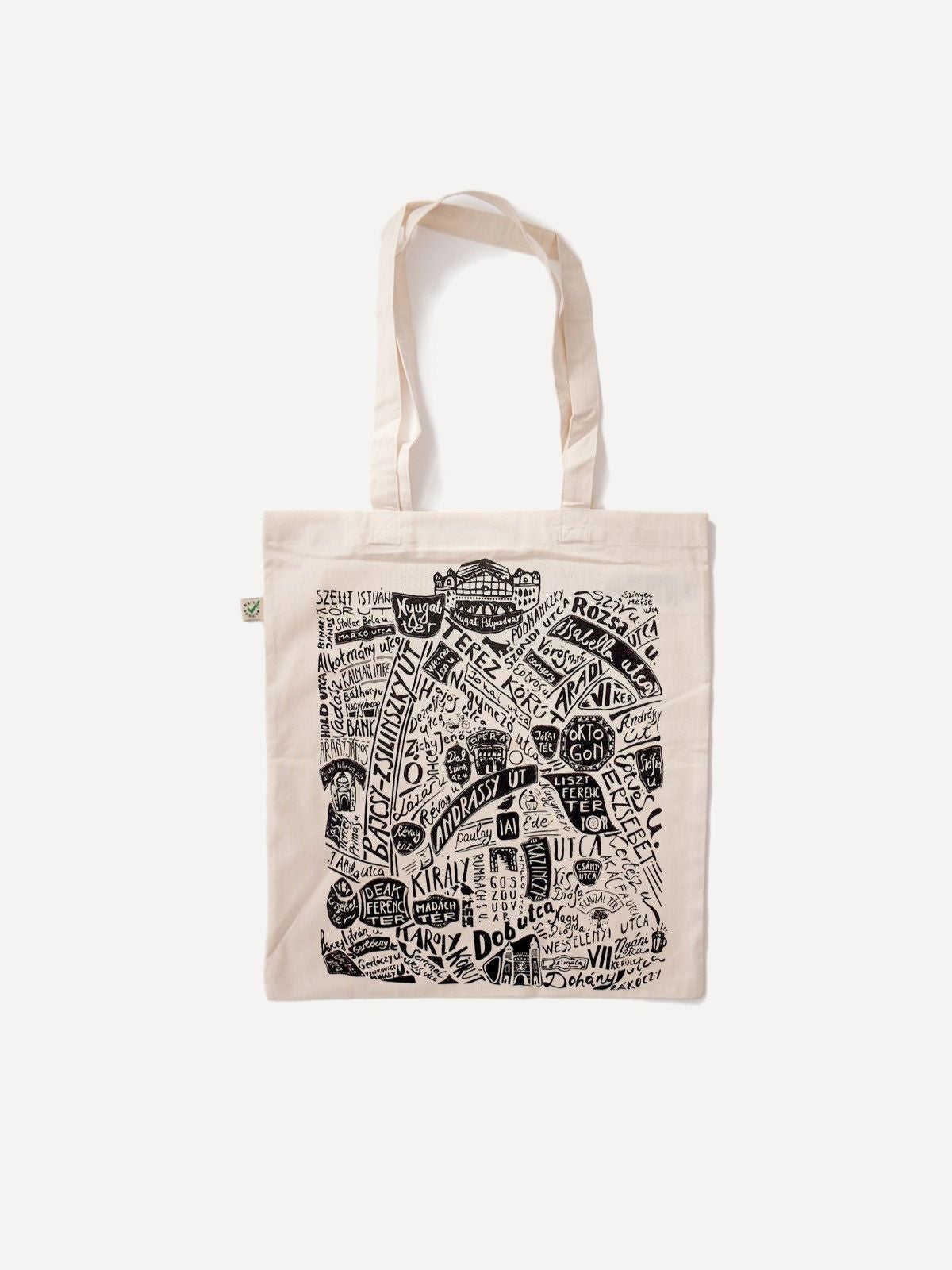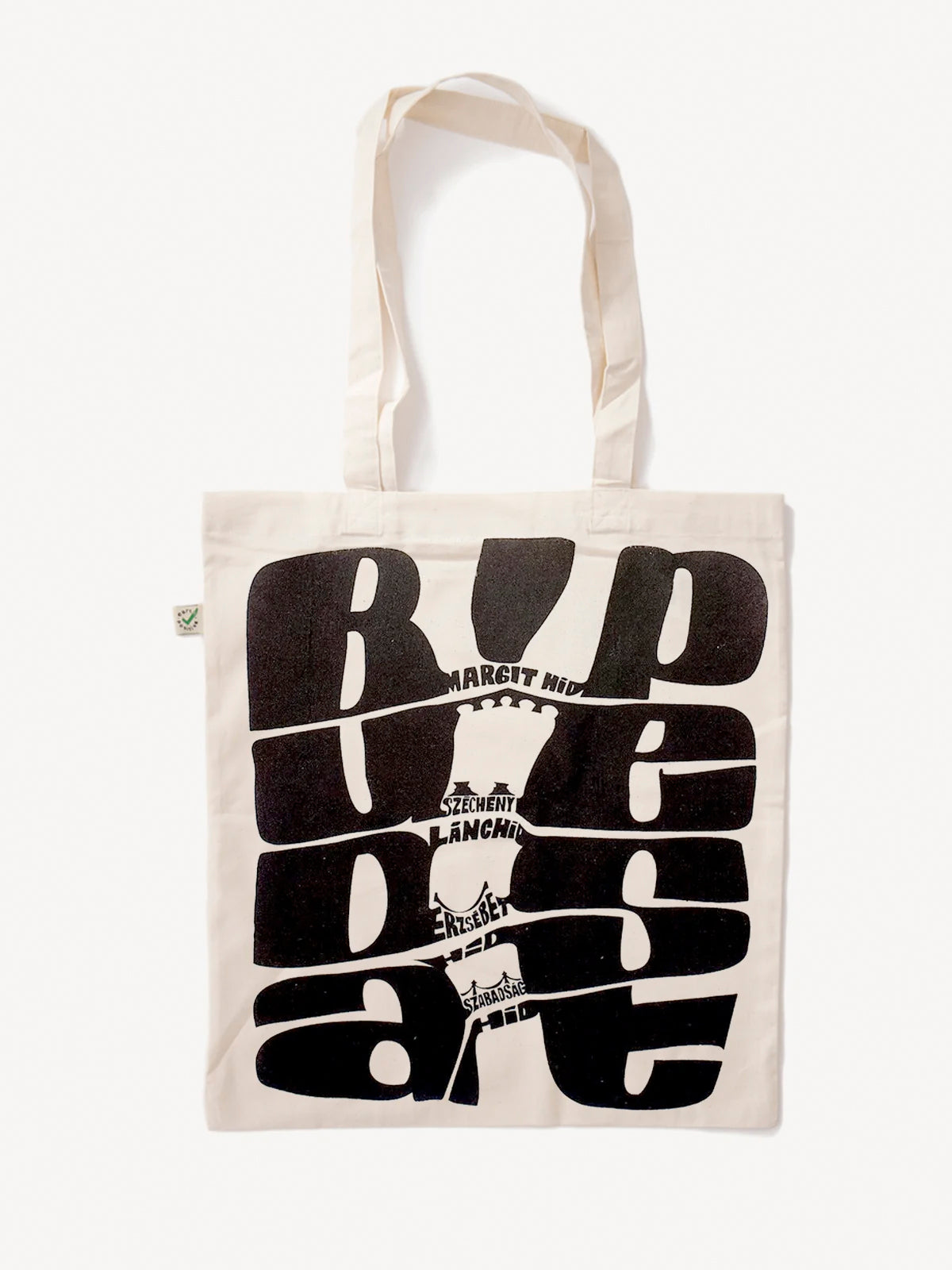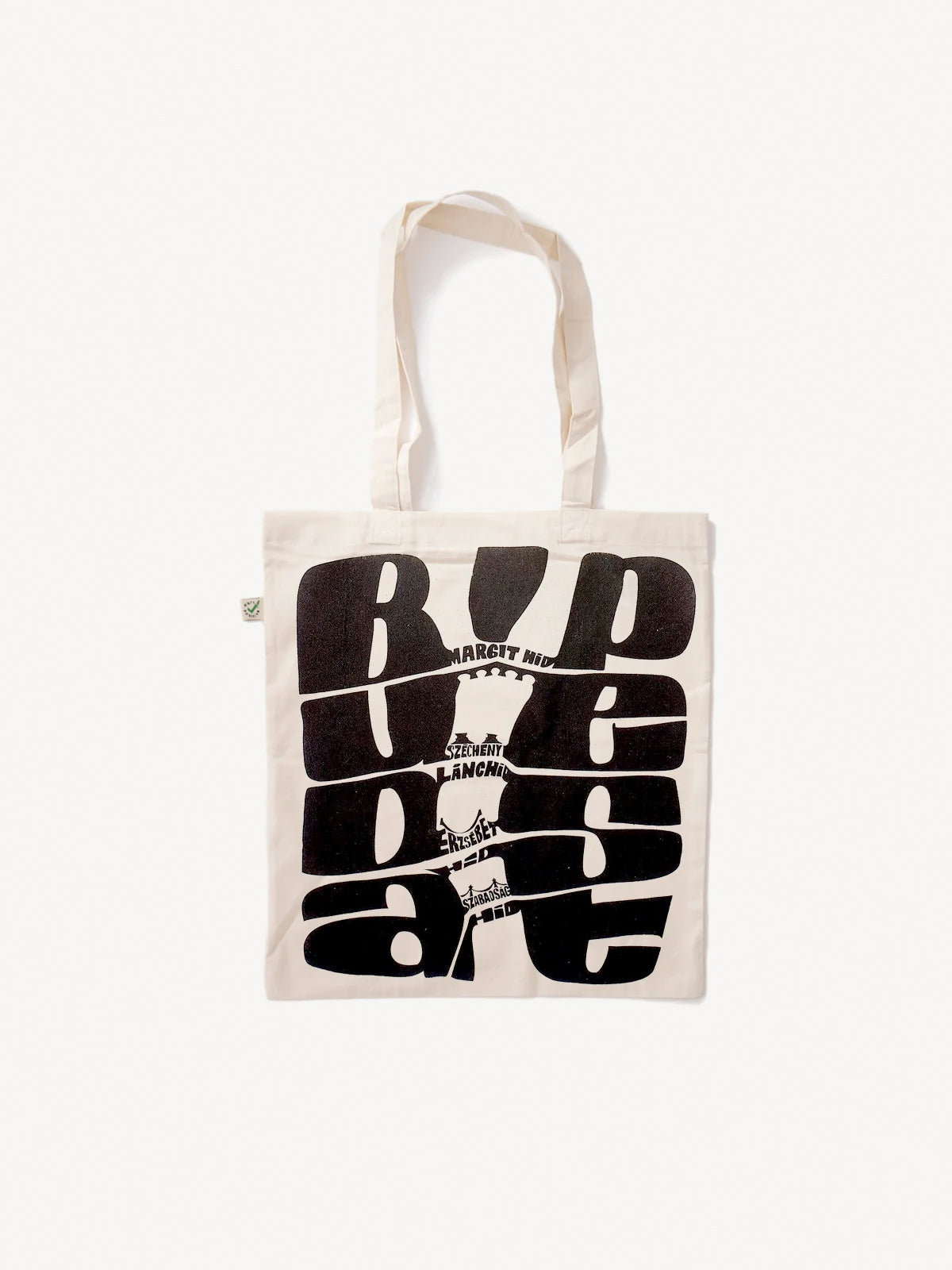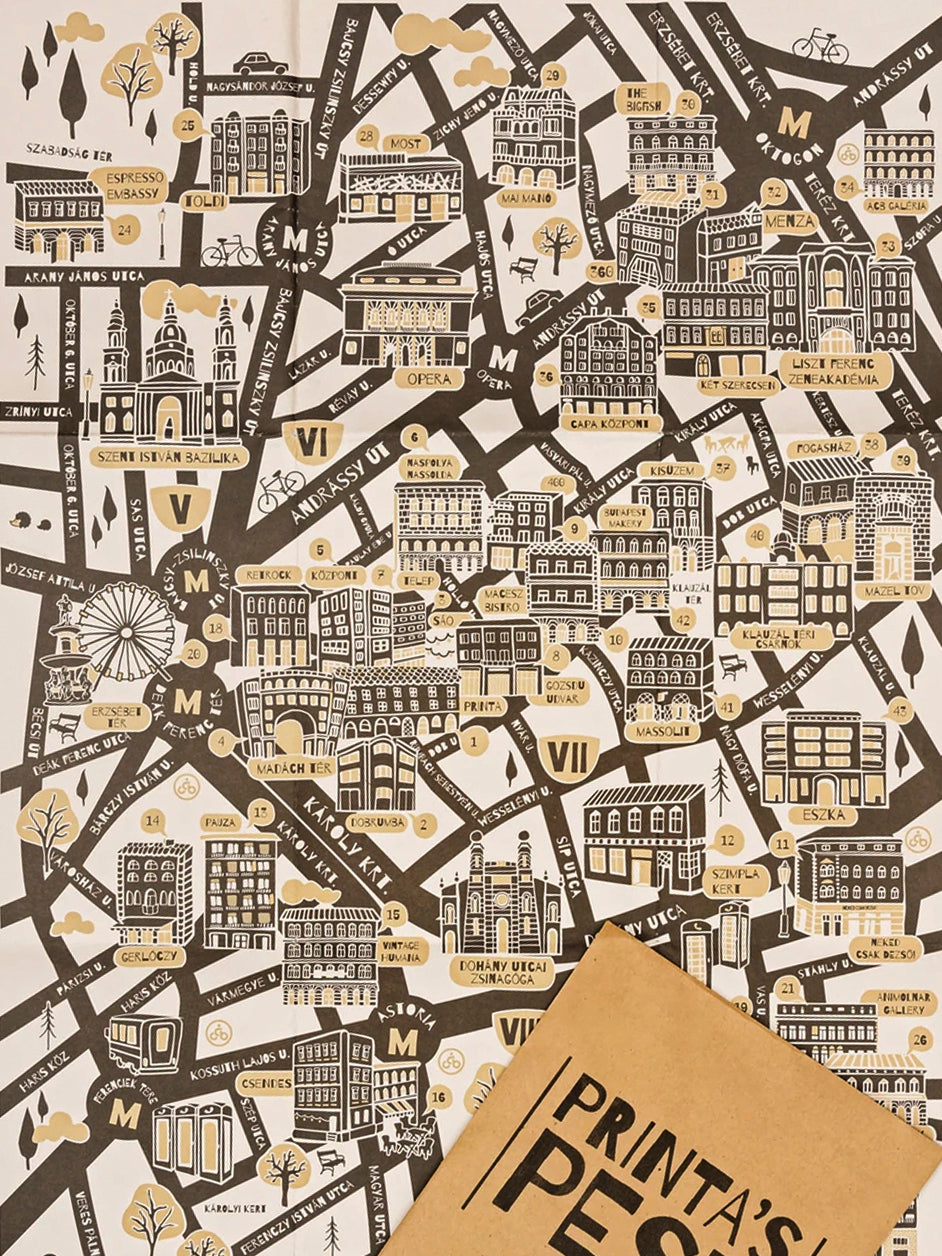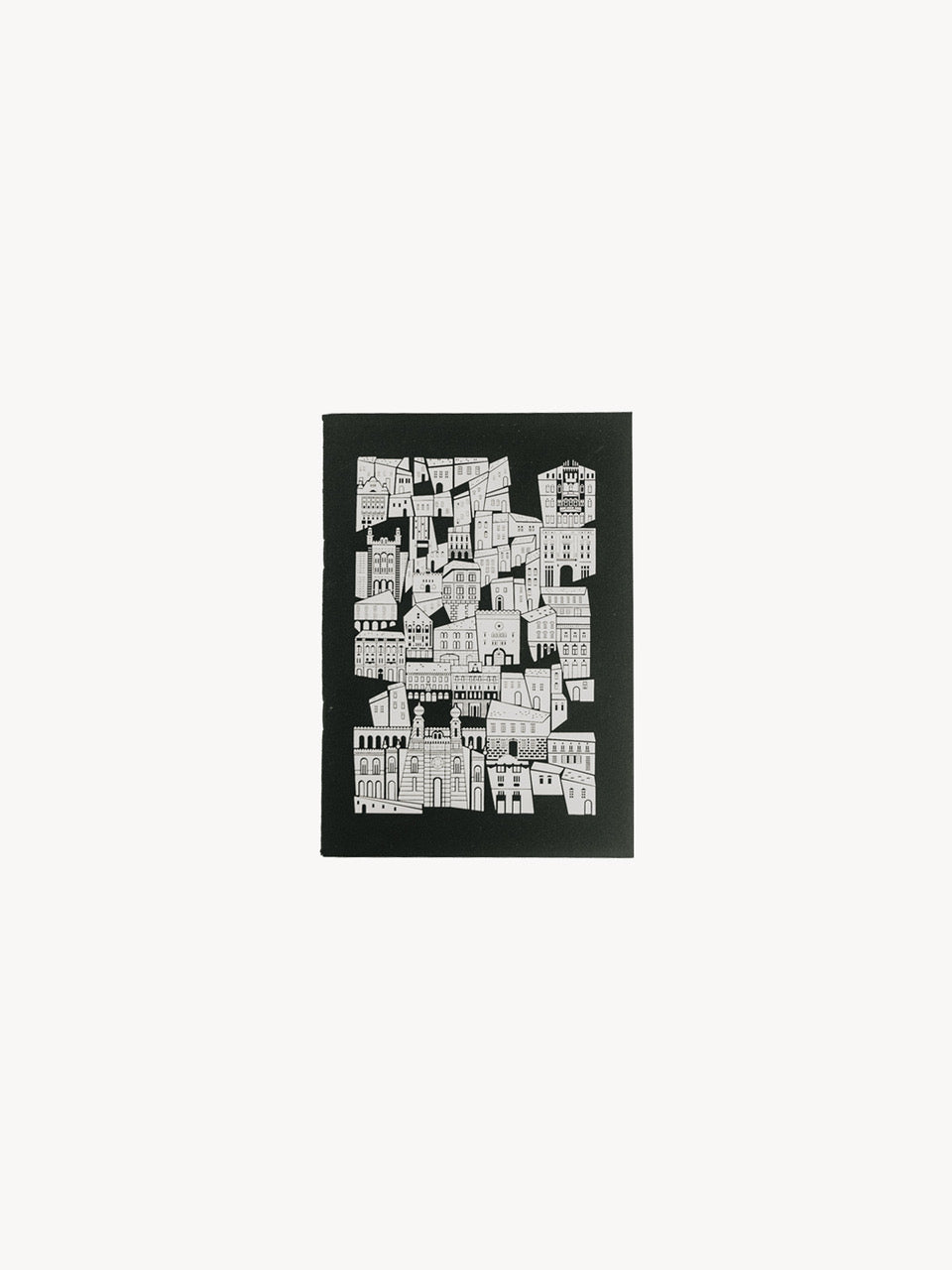The VII. district has always been one of Printa's sources of inspiration, elements of which have been appearing in many graphics for years, such as individual architectural elements, a subjective map or even in the form of sewer covers on the streets. Now one of the key motifs of the men's collection is the "Hétker label", which celebrates Erzsébetváros. The Printa store is also located here, so it was a constant observer of the process when, under curfews, the sparkling district of Budapest almost turned into a ghost town. The label appearing on the caps and T-shirts is the floor plan of the seventh district, with which Printa pays tribute to this part of the city. The graphics echoing on the labels celebrate the district's rebirth, leaving behind its troubled fate.

Men's T-shirt with a green trench coat
"Since I arrived in Budapest, the VII. I lived in the district. When I moved here in 1999, the district was considered a dark, seedy and boring place, but I was enchanted by its architecture and dark patina. In 2006, I opened my first store called "Bolt Műhely" here, and Printa has been adding color to the VII. cultural life of the district." - Major Zita

The VII. district Budapest's smallest area, highest population density and one of the most popular districts, which is divided into two parts: Belső- and Külső-Erzsébetváros. The former is known for its cool restaurants, colorful shops, and always bubbly bars and pubs, while the latter, the former Csikágó, is a much more relaxed neighborhood.
Where does the name Chicago come from? From 1980, in the area of today's Külső-Erzsébetváros, 3-4-story gray apartment blocks were built remarkably quickly in place of farms and vineyards, and this process reminded the people of Pest of Chicago, famous for its excruciatingly fast growth.

Jewish quarter buildings gray graphics
As for the district's architecture: it is in a deteriorating condition, but there are still one or two-story classicist houses that evoke the atmosphere of 19th-century Pest, as well as Art Nouveau multi-story apartment buildings built at the beginning of the 20th century. Erzsébetváros became so popular not only because of its sights, restaurants, shops and bars: simply walking the streets reveals interesting things. The district is characterized by an eclectic architectural style, which uses a mixture of features from different ages, styles and trends, so we can expect an unusual sight, wherever our path leads in this patchwork labyrinth. This eclecticism is combined with a dark patina that gives the district a very unique and attractive atmosphere.

Fortepan/Fortepan
Belső-Erzsébetváros is often referred to as the Jewish quarter, one of the reasons for which is that the Jewish population began to settle in this part of the city from 1793. At that time, Király Street was considered the edge of the city, and Jews were restricted to this area. Synagogues were built one after the other in the quarter: the unique Dohány Street Synagogue is also located here, which is the largest sanctuary of Hungarian Neolog Jewry and the largest in Europe. The magnificent Rumbach Sebestyén Street synagogue opposite Printa is the work of the Austrian architect Otto Wagner, who was one of the leading figures of the Viennese Art Nouveau.
Another root of the name is that in 1944, the Great Pest Ghetto was designated in this area, where tens of thousands of Jews were crowded together in inhumane conditions. The largest number of people in the ghetto was 70,000 people: this is the most tragic historical imprint of the area.

The part of the city with a miserable fate was in a terrible state until the regime change, but from the 2000s onwards, genre-creating ruin pubs appeared in the vacant apartment buildings and in their courtyards, which became real tourist magnets with their specific decadent atmosphere. Printa has been an observer and a part of this process since 2009, and our popular Printa's pest maps originate from this era.
By the 2010s, tourism in the district had flourished to such an extent that the press regularly reported on the resulting problems: the district was known for noise, filth, and drunk tourists, and then it all changed overnight.

After overtourism, Erzsébetváros had to deal with zero tourism, which was the most glaring problem in this area of the capital, as the contrast between the two periods is maximum. The curfews and strictures reduced the traffic generated not only by tourists, but also by locals, and then completely zeroed out after the mandatory closures. It was a long and hopeless period for restaurants and shops, but with renewed strength and new hopes, the city was finally able to open again.

All in all, if we observe the history of the seventh district, it quickly emerges that Erzsébetváros is a district of extremes: the most exciting commercial center, the most eclectic architectural cavalcade, the most tragic Jewish ghetto, the hottest party district or even the most desolate ghost town, but it is always capable of rebirth. In any case, we are always here, sticking with it and working to bring color to the district, and we look forward to what the future holds.
See the entire 7ker collection!
Source of opening image: Fortepan/Fortepan


